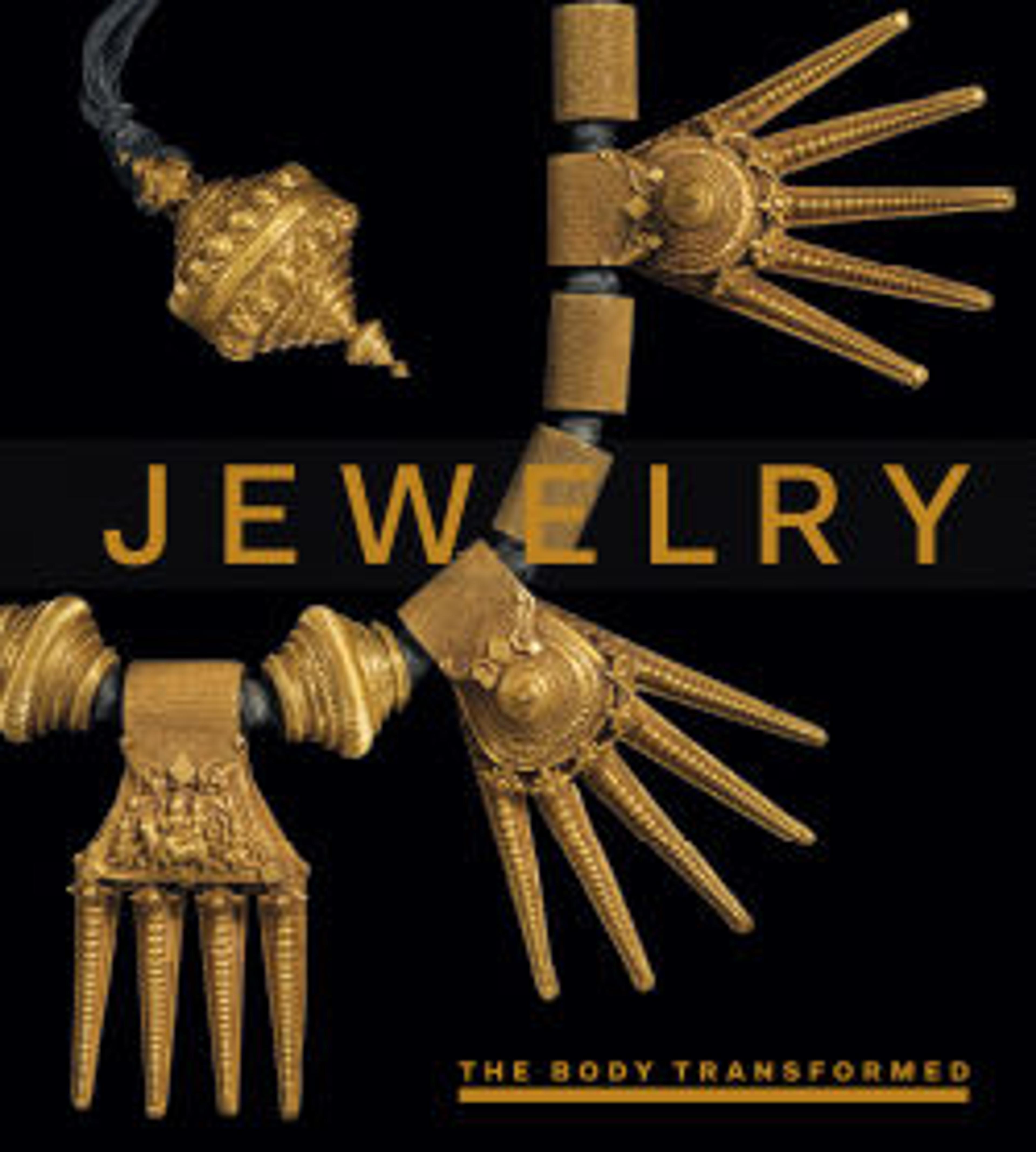Centerpiece of an Armband
Armbands, called bazubands in Persian, were known in ancient Iran and India. Worn by both men and women, they appear in Mughal paintings of courtly life. This centerpiece of an armband consists of emeralds, colorless sapphires, and very fine rubies arranged in three flower-like groupings. When the armband was transformed into a brooch by Cartier (Paris), rows of pearls were added to its original form.
Artwork Details
- Title: Centerpiece of an Armband
- Maker: Cartier (French, founded Paris, 1847)
- Date: 18th–19th century and ca. 1920
- Geography: Attributed to Northern India
- Medium: Gold, inset with rubies, emeralds, and colorless sapphires; with later pearls, diamonds, onyx
- Dimensions: W. 2 in. (5.1 cm)
D. 3 3/4 in. (9.5 cm) - Classification: Jewelry
- Credit Line: Gift of George Blumenthal, 1941
- Object Number: 41.100.118
- Curatorial Department: Islamic Art
More Artwork
Research Resources
The Met provides unparalleled resources for research and welcomes an international community of students and scholars. The Met's Open Access API is where creators and researchers can connect to the The Met collection. Open Access data and public domain images are available for unrestricted commercial and noncommercial use without permission or fee.
To request images under copyright and other restrictions, please use this Image Request form.
Feedback
We continue to research and examine historical and cultural context for objects in The Met collection. If you have comments or questions about this object record, please contact us using the form below. The Museum looks forward to receiving your comments.
